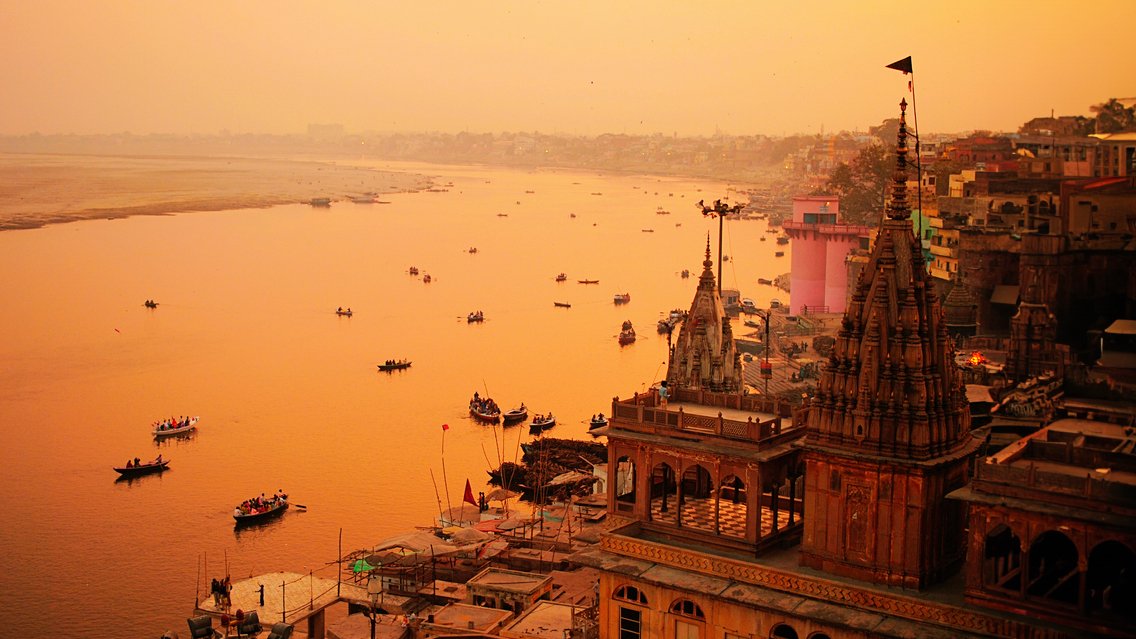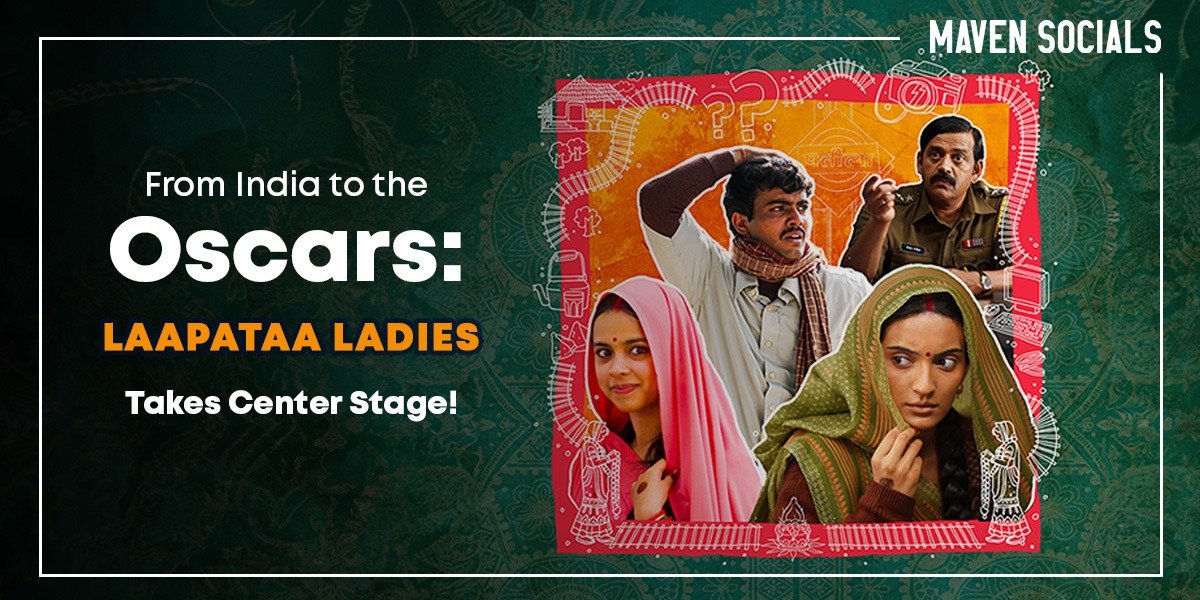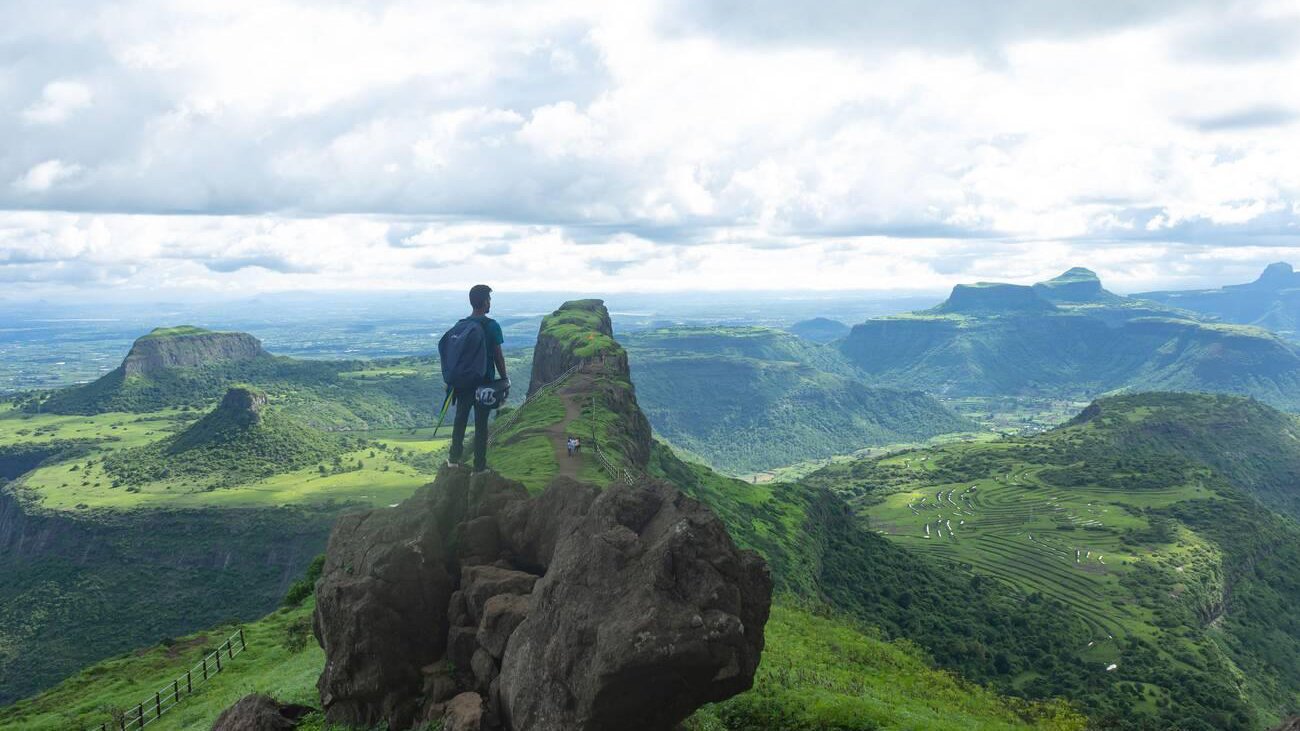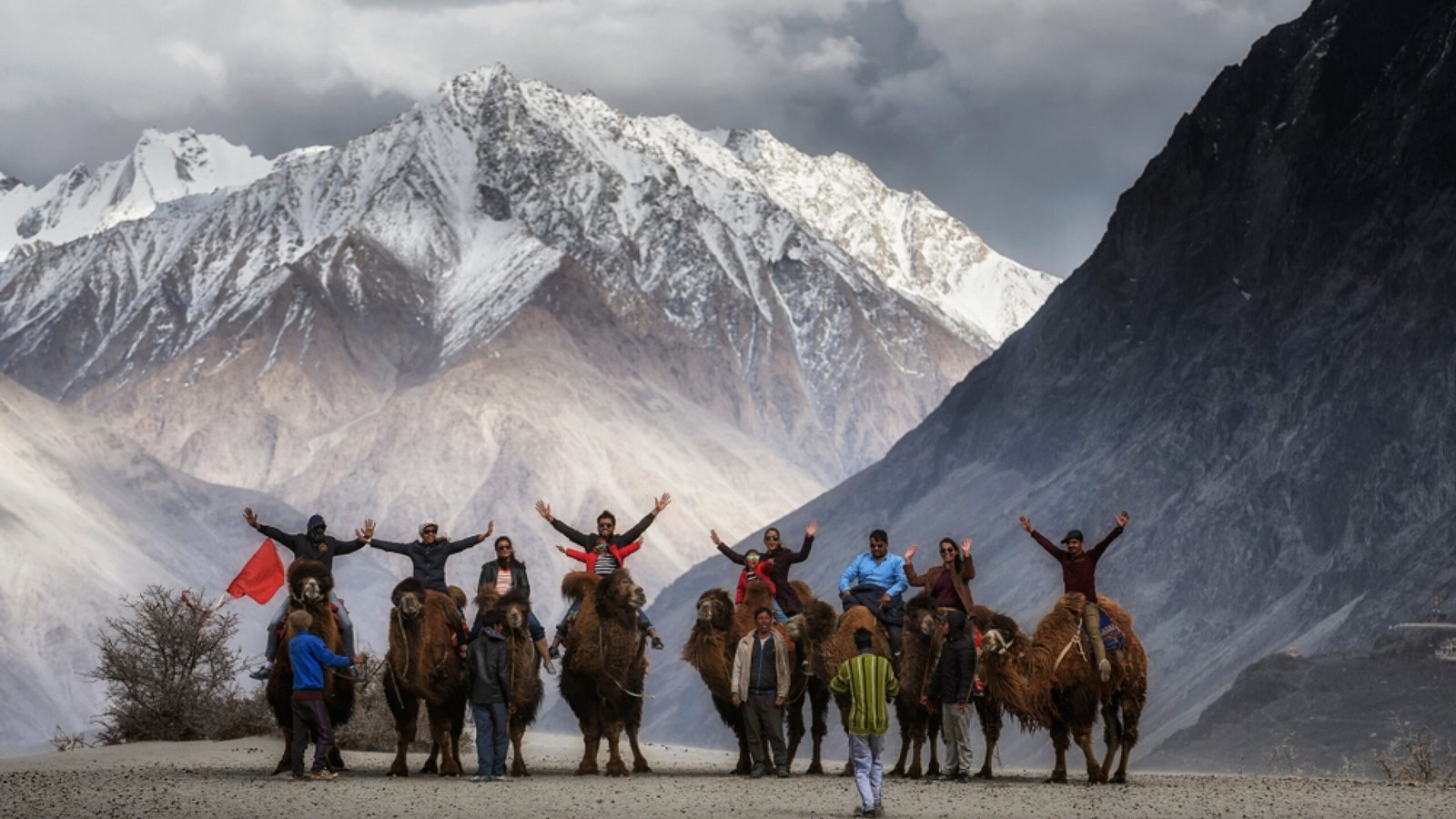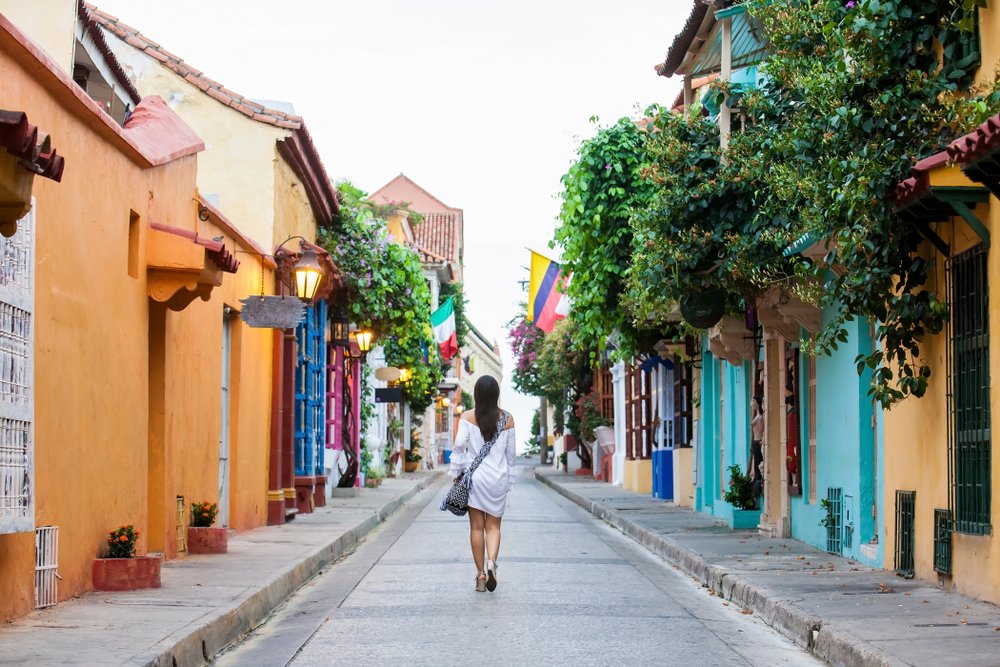Varanasi, the city of lights, chants, and eternal flames, beckons travellers with its ancient charm and profound spiritual essence, nestled on the banks of the sacred Ganges river. It’s not just a city; it’s a living embodiment of India’s rich history, culture, and religious traditions. As you step onto the Ganga Ghats, the soul-stirring chant of “Har Har Mahadev” washes over you, blending with the rhythmic clanging of temple bells and the gentle lapping of the Ganges. Here, amidst the bustling crowds and serene rituals, one embarks on a journey of self-discovery and spiritual awakening.
Ganga Ghats
Stairways to the Divine
The ghats, the heart and soul of Varanasi, are more than just bathing steps. They are sacred platforms where life and death intertwine, prayers are offered, and ashes are scattered, creating an ethereal atmosphere. Each ghat has its unique history and significance, from the majestic Manikarnika Ghat, where cremation pyres burn day and night, to the serene Assi Ghat, known for its yoga and meditation sessions. As you walk along the ghats, you witness the vibrant tapestry of life unfold – pilgrims performing rituals, holy men chanting mantras, families picnicking by the river, and vendors selling flowers and offerings.
Sunrise
A Spiritual Spectacle
A sunrise on the Ganges is an experience that stays etched in your memory forever. With the sun’s first rays, orange and pink hues paint the sky’s canvas as the ghats come alive with activity. Devotees offer prayers, chanting “Om Shanti Om” while dipping their feet in the sacred water. The rhythmic sound of oars slicing through the water as boats ferry pilgrims across the river creates a mesmerising symphony. Witnessing this spectacle, you feel a sense of peace and tranquillity wash over you, reminding you of life’s transient nature and the universe’s eternal flow.

Evening Aarti
A Hymn to Fire and Light
The ghats become a mesmerising display of light and devotion as dusk descends. The Ganga Aarti, a fire ritual performed by priests, is a sight. Rows of lamps illuminate the river, creating a mesmerising reflection on the water. The chanting of mantras and the gentle clanging of bells fill the air, creating a sense of awe and reverence. This daily ritual symbolises the offering of light to the Ganges, a testament to the city’s deep connection with the river.
Rituals
Unveiling the Soul of Varanasi
While the spiritual essence of Varanasi is undeniable, the city offers much more than just religious experiences. Wander through the old town’s narrow lanes, exploring bustling bazaars overflowing with colourful spices, intricate silk sarees, and handcrafted souvenirs. Get lost in the maze of temples, each with its unique architecture and fascinating stories. Visit the Kashi Vishwanath Temple, the holiest shrine dedicated to Lord Shiva, and feel the energy of thousands of devotees seeking blessings.

Varanasi
The Cultural Tapestry
Varanasi is a melting pot of cultures and traditions. Witness the vibrant folk dances and classical music performances in the evenings. Go boat riding on the Ganges and witness the city unfold from a different perspective. Engage in conversations with friendly locals, learning about their customs and beliefs. Every interaction, every sight, and every sound adds a layer to your understanding of this ancient city.
Hidden Gems
Beyond the Tourist Trail
Venture beyond the famous ghats and explore the hidden gems of Varanasi. Visit the Sarnath, where Buddha delivered his first sermon, and soak in the serenity of the ancient Buddhist monasteries. Go on a rickshaw ride through the narrow lanes of the Bengali Tola, a historic neighbourhood known for its traditional wooden houses and handloom weaving. Hike up the Ramnagar Fort for panoramic city views and the Ganges.
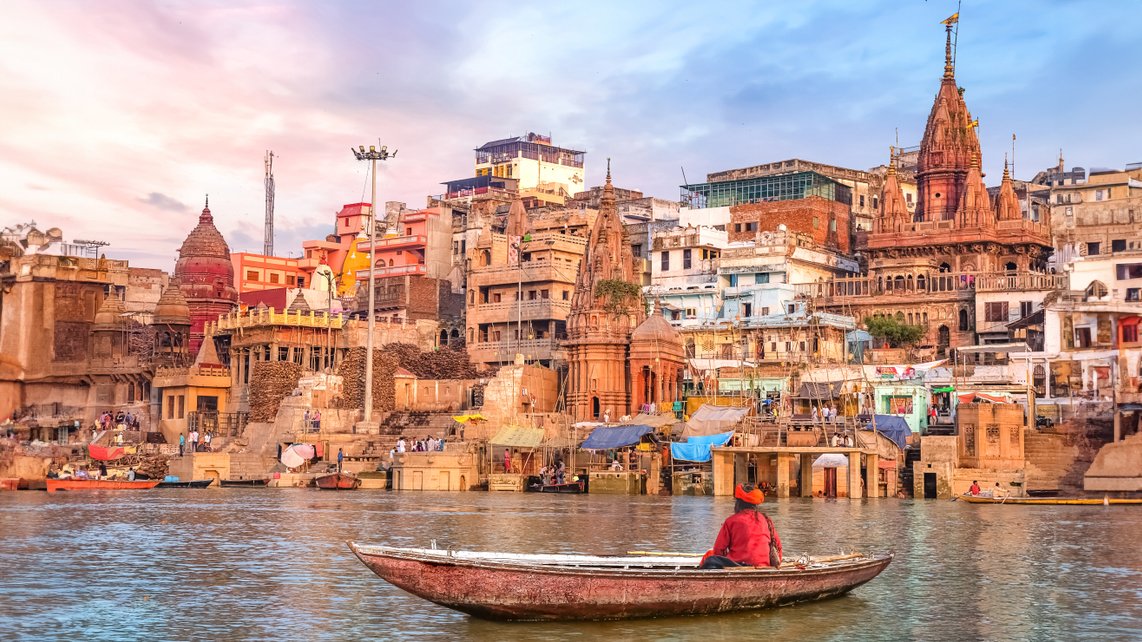
The Ghats
A Journey of Self-Discovery
Varanasi is not just a tourist destination; it’s a place for introspection and self-discovery. As you walk along the ghats, witnessing the cycle of life and death, you start questioning your existence and purpose. The city challenges you to relinquish your inhibitions and embrace the present moment. Whether you find solace in meditation, participate in rituals, or simply observe the vibrant chaos, Varanasi leaves an indelible mark on your soul.
Reflections on Wanderlust
As you depart from Varanasi, you carry a piece of its magic. The chanting of mantras, the aroma of incense, and the gentle flow of the Ganges stay with you long after you leave. The city’s spiritual essence and the warmth of its people leave a lasting impression, reminding you of the impermanence of life and the importance of living in the present moment.
Varanasi’s Ganga Ghats offer more than a visual spectacle; they provide a pilgrimage for the soul. Whether you seek spiritual solace, cultural immersion, or a profound connection with India’s ancient traditions, Varanasi beckons with open arms. As the Ganges flows ceaselessly, so does the spiritual serenity that lingers along the ghats, inviting travellers to partake in a timeless journey of self-discovery and enlightenment.
Related: 10 Must-Visit Ganga Ghats in Varanasi
Related: Weaving a Soulful Sojourn in the Holy City of Varanasi
